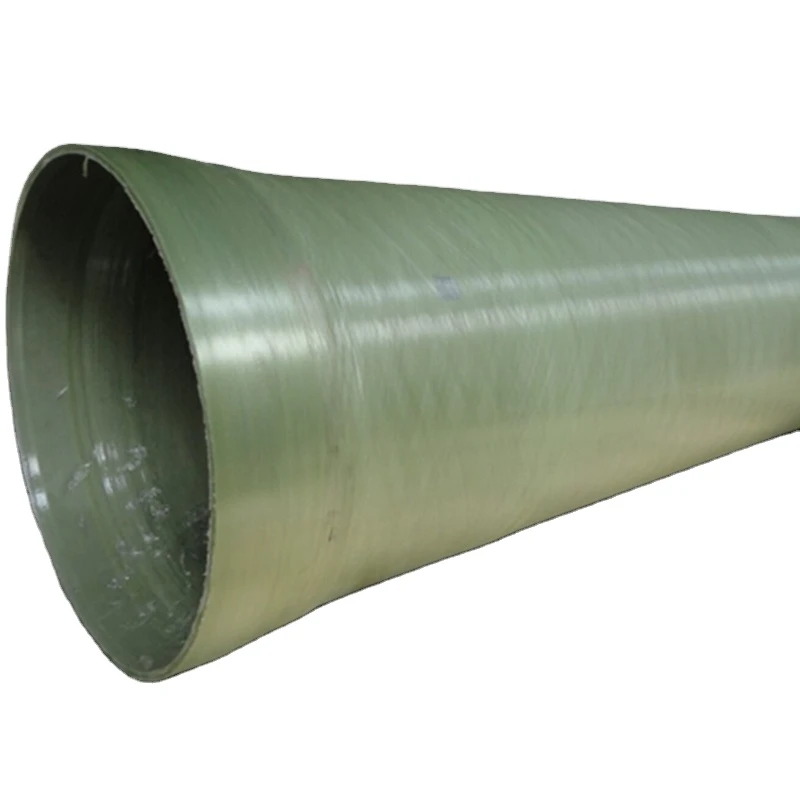Fiberglass L channels have become a staple in a wide range of industries, surpassing traditional materials like steel and aluminum in many applications. These versatile structural components are manufactured from raw fiberglass and resin compositions, which grants them outstanding properties that cater to specific industrial needs. Understanding their unique benefits, real-world applications, production process, and maintenance requirements can provide insights into their rising popularity and elevate your purchasing decision.

Fiberglass L channels are renowned for their lightweight yet robust nature, offering an excellent strength-to-weight ratio. This combination makes them highly desirable in construction, automotive, and marine industries. Compared to steel, fiberglass is approximately 75% lighter, which significantly reduces the load and improves the efficiency of installations. This weight reduction is particularly valuable for industries seeking to enhance fuel efficiency and reduce overall material costs.
Their corrosion resistance is another advantageous feature. In sectors where exposure to moisture, chemicals, or extreme weather conditions is inevitable, fiberglass L channels stand out due to their resilience. Unlike steel or wood, they do not rust, rot, or degrade over time, ensuring longevity and reducing the need for frequent replacements. This translates into lower maintenance costs and a long-term economic advantage, making them an exemplary choice for outdoor or high-humidity applications like bridges, coastal infrastructure, and chemical plants.

Versatility in manufacturing also allows fiberglass L channels to meet specific requirements. They are available in various sizes and can be customized for length, width, and thickness to suit different structural demands. The production process involves pultrusion—a method where fibers are pulled through a resin bath and molded through a heated die—resulting in consistent, high-quality profiles with varying cross-sectional designs. This method not only ensures precision but also maximizes the strength of the finished product.
Real-world applications showcase their adaptability. In the transportation sector, they are incorporated into vehicle frames and components to enhance performance without sacrificing strength, aiding in sustainability goals. In construction, they are used as support beams, reinforcement elements, or framework sections due to their ease of installation and adaptability in design. Additionally, the electrical industry benefits from fiberglass's natural insulating properties, using these channels for cable management in various settings.
fiberglass l channel
Consulting with industry experts reveals further insight into the nuances of choosing fiberglass L channels. Professionals emphasize the importance of considering the specific environmental conditions and load requirements of your project to select the appropriate fiberglass grade. Engaging with certified suppliers can ensure that the material meets industry standards and specifications, thereby reinforcing the credibility and reliability of your selection.
When it comes to maintenance, fiberglass L channels are relatively easy to care for, though certain preventive measures can extend their lifespan even further. Regular inspections are recommended to check for signs of wear or external damage, especially in high-impact or heavy-load applications. Cleaning procedures are straightforward; using non-abrasive cleaners will suffice to keep them pristine and functional.
The growing demand for environmentally friendly solutions also favors fiberglass. Their production process is less energy-intensive compared to metals, and their durability means they contribute to a decrease in material consumption and waste. Companies aiming to enhance their sustainability footprint may consider switching to fiberglass components as part of their green initiatives.
In conclusion, fiberglass L channels offer a combination of durability, corrosion resistance, lightweight construction, and cost-effectiveness that traditional materials struggle to match. By understanding their unique benefits and employing them in appropriate contexts, businesses can significantly enhance the quality and efficiency of their projects. With proper selection and maintenance, these channels stand as a testament to modern engineering and material science, continuously proving their worth across various demanding applications.




